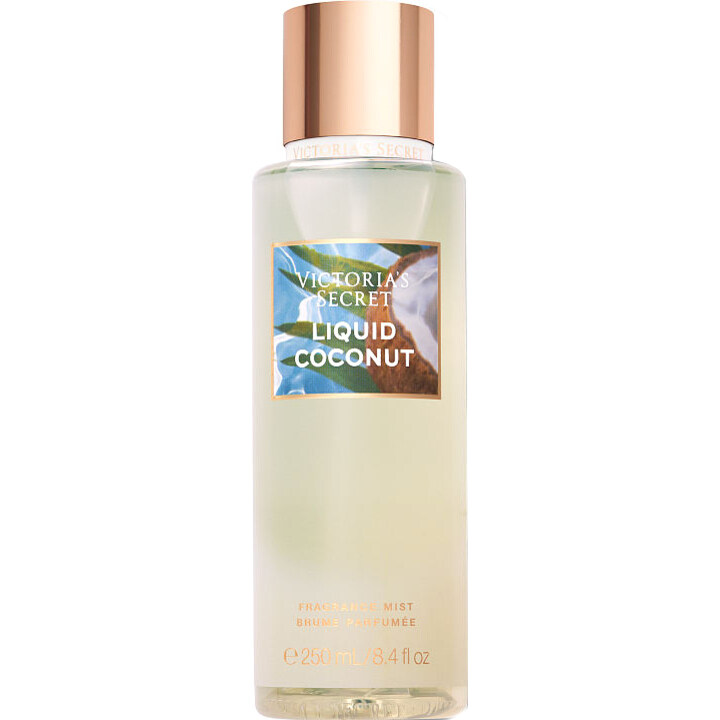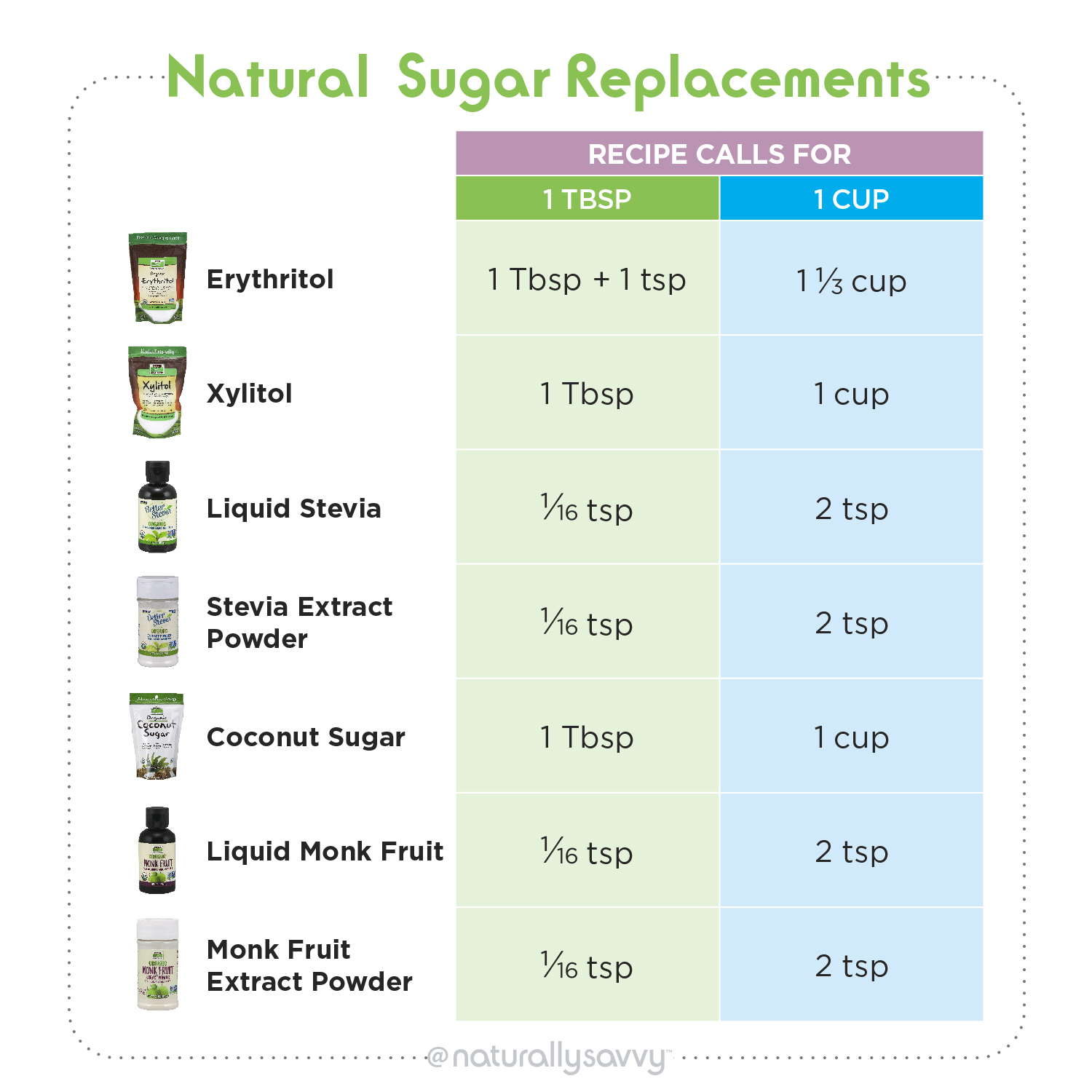

It is vital for all known forms of life, despite providing neither food, energy, nor organic micronutrients. Water (chemical formula H 2 O) is an inorganic, transparent, tasteless, odorless, and nearly colorless chemical substance, which is the main constituent of Earth's hydrosphere and the fluids of all known living organisms (in which it acts as a solvent ).

Warm it up, and the wave will return to a gas.Clouds in Earth's atmosphere condense from gaseous water vapor.
#SIMILAR TO LIQUID NOTES FREE#

There is even a process called sublimation where a solid can turn straight into a gas when heat is applied. Gas can cool down (by losing energy) and condense back into liquid water and cool down further into a solid. Continue to apply heat, and the water will evaporate and turn into steam, which is water in a gaseous state (it has reached boiling point). Add heat (a form of energy) and the ice melts into liquid water that you could drink (it has reached its melting point). If you have a block of ice, you have solid water. It does this by either using or releasing energy, and it is usually associated with changes in temperature and pressure.Ī simple example is water. It is important to understand that matter exists in all states and that matter can also change states. He says the “particles have lost their identity – they all think they are everywhere”. They are not bonded or mixed – they have become indistinguishable from one another, having the same qualities and existing in the same place.ĭaniel Kleppner from the Massachusetts Institute of Technology has a great description. The atoms start behaving like little waves and start overlapping one another until they eventually act like one wave and essentially become a superatom. Just a fraction above this temperature – and only for some elements – a BEC occurs. There is a temperature at which molecular motion (therefore everything) stops, this is called absolute zero (0K or around -273☌). To understand a Bose-Einstein condensate (BEC), you must first know a bit about temperature. Overall, plasmas are the most common state of matter – they make up 99% of the visible universe.įind out more about gases and plasmas in this article. The most common form of plasma is in the stars – our Sun exists in the plasma state. Another form of plasma on Earth happens during storms as lightning.Īuroras are another form of plasma, where atoms in the upper atmosphere are affected by particles coming in from outer space. On Earth, plasmas are commonly found in some kinds of fluorescent lights and neon signs. Plasma particles are spread out and move around randomly, but unlike gas, they contain some free ions and electrons, which gives plasma its ability to conduct electricity. They are so excited that they jump an energy level and, in doing so, give off light. Plasma is a form of matter that exists when atoms are in an excited state. Plasma is very similar to gas, In fact, the easiest way to describe plasma is as a gas that can carry an electrical charge. Right now, you are breathing in air – a mixture of gases containing many elements such as oxygen, nitrogen and carbon. Gas can be compressed much more easily than a liquid or solid. A gas will fill any container, but if the container is not sealed, the gas will escape. In gases, the atoms are much more spread out than in solids or liquids, and the atoms collide randomly with one another. Water is an example of a liquid, and so is milk, juice and the petrol you put in the car. While a liquid is easier to compress than a solid, it is still quite difficult – imagine trying to compress water in a confined container! A liquid will take on the shape of the container it is being held in. In liquids, the molecules have the ability to move around and slide past each other. Right now, you are probably sitting on a chair, using a mouse or a keyboard that is resting on a desk – all those things are solids.


 0 kommentar(er)
0 kommentar(er)
